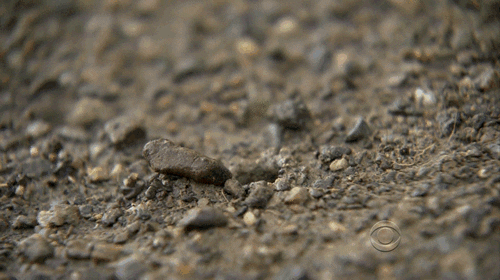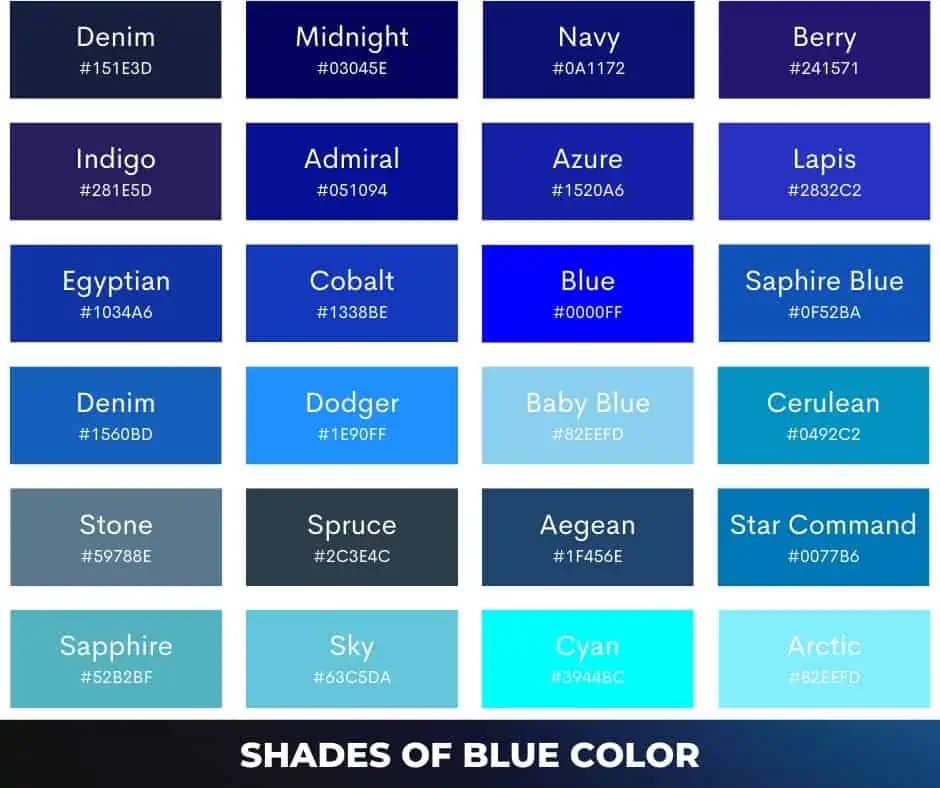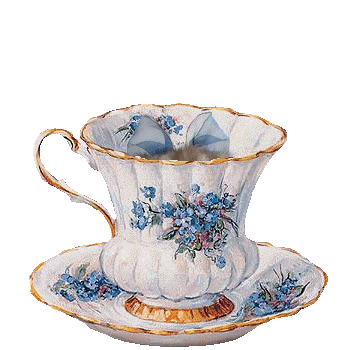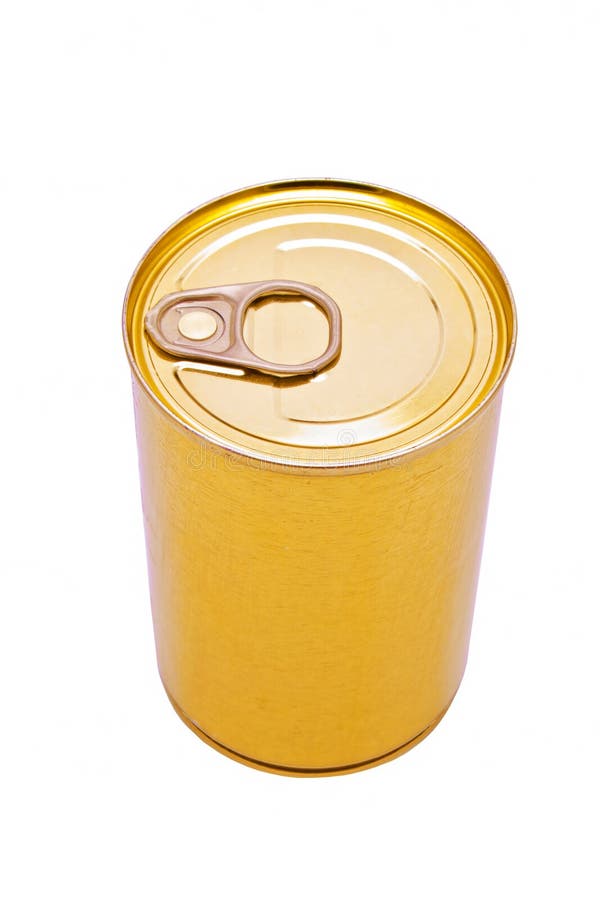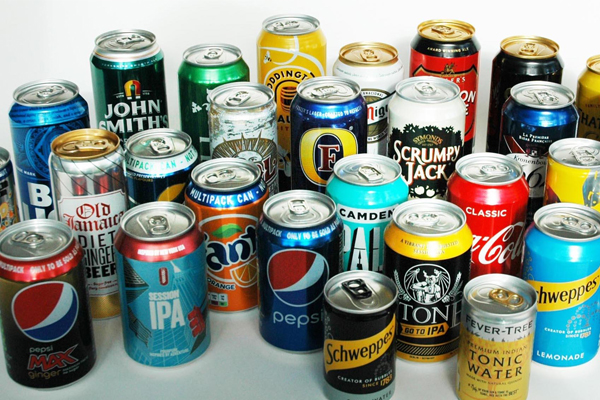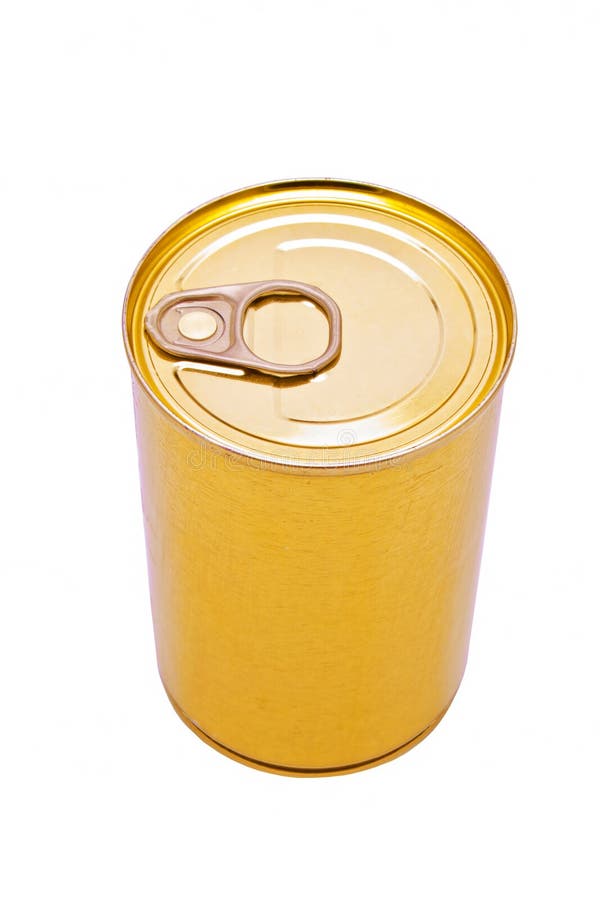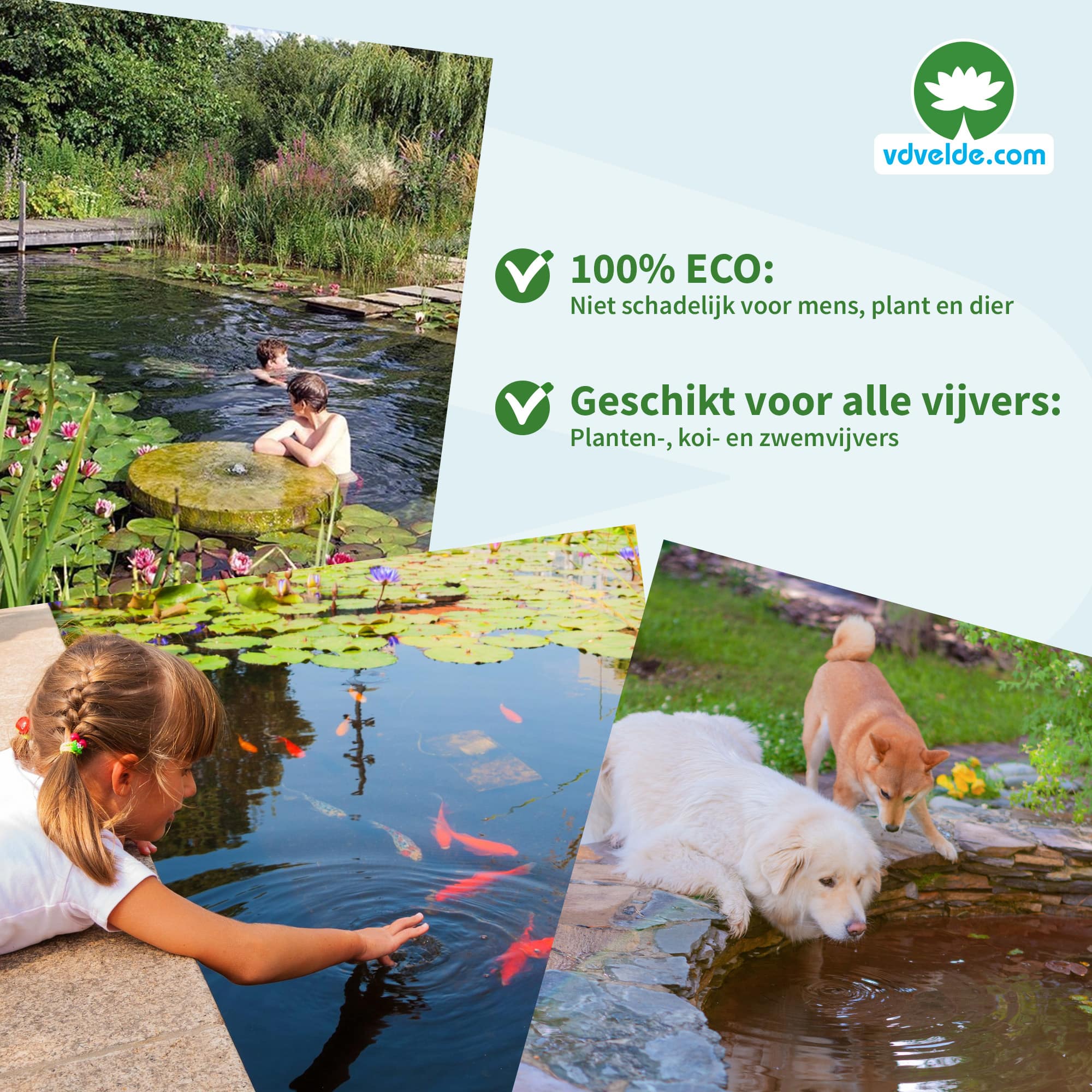The Ultimate Guide to Making DIY Bubble Bath: Safe, Relaxing, and Customizable
Introduction: Why Choose DIY Bubble Bath?
Creating your own bubble bath at home offers a host of benefits: you control the ingredients, avoid harsh chemicals, and customize the experience for relaxation, skin sensitivity, or fun with kids. Commercial bubble baths often contain artificial fragrances, sulfates, and preservatives that can irritate the skin or disrupt your body’s natural balance. By making your own, you ensure a cleaner, safer soak and can tailor the scent and texture to your preferences. [4]
Essential Ingredients for a DIY Bubble Bath
The core ingredients for a natural homemade bubble bath are:

Source: moderndaymoms.com
- Castile soap : A gentle, plant-based soap that creates a rich lather without harsh detergents. Dr. Bronner’s Pure-Castile Soap is widely recommended. [1]
- Vegetable glycerin : Adds thickness and helps bubbles last longer. It’s a natural humectant, keeping skin hydrated. [5]
- Essential oils : For fragrance and aromatherapy. Popular choices include lavender, chamomile, or vanilla. Always dilute essential oils properly and avoid spicy or citrus varieties that may irritate skin. [1]
- Aloe vera gel (optional): Adds extra moisture and skin-soothing benefits. [2]
- Carrier oils (optional): Such as sweet almond or coconut oil, for additional nourishment.
- Egg white (optional): For foamier, longer-lasting bubbles, though it may leave a slightly sticky feel and is best used fresh. [5]
Step-by-Step Instructions: Classic DIY Bubble Bath
Follow these comprehensive steps for a gentle, effective bubble bath:
- Measure out 1/2 cup castile soap . Pour it into a clean, airtight jar.
- Add 1/4 cup vegetable glycerin . This ensures lasting bubbles and a moisturizing effect.
- Optional: Mix in 1 tablespoon aloe vera gel for extra skin soothing. [2]
- Optional: Add 4-10 drops of your preferred essential oil (such as lavender for relaxation or chamomile for calming). Avoid potent oils like cinnamon, citrus, or peppermint, which can cause irritation. [1]
- Close the jar and gently swirl the ingredients to combine. Avoid vigorous shaking, which can create foam prematurely.
- When ready for your bath, pour 2-4 tablespoons (or up to 1/2 cup for a larger tub) under running water as you fill the bathtub. This action helps activate the bubbles.
- Enjoy your soak! For best results, relax for at least 20 minutes to let your skin absorb the natural moisturizers.
This method is safe for most skin types and can be doubled or tripled for convenient storage. Always store your bubble bath in a cool, dark place and use within three months for optimal freshness.
Recipe Variations and Customization
Homemade bubble bath is highly customizable. Below are some popular variants:
-
Creamy Honey Bubble Bath
: Mix
1/4 cup sweet almond oil
,
1/8 cup honey
,
1/2 cup castile soap
, and
3 tsp vanilla extract
for a soothing, sweet-scented experience. [4] -
Foamier Option with Egg White
: Whisk
1 egg white
, stir in
3/4 cup castile soap
and
1 tsp vegetable glycerin
. Use immediately for large, long-lasting bubbles. [5] -
Deep Sleep Bubble Bath
: Combine
1 cup unscented dish soap
,
2/3 cup glycerin
,
1/4 cup water
, and
2-3 drops lavender essential oil
for a relaxing, sleep-promoting soak. [4] -
Kid-Friendly Formula
: Use
1 cup castile soap
,
1/3 cup glycerin
, and
1 tbsp distilled water
for a gentle, safe bubble bath suitable for sensitive skin. [4]
Customize the fragrance by choosing essential oils tailored to your needs. For relaxation, try lavender or chamomile. For a refreshing soak, consider eucalyptus or rosemary (in small amounts and properly diluted). Always research essential oil safety, especially for children or those with allergies.
Safety Considerations and Skin Sensitivity
Homemade bubble baths are generally safer for sensitive skin compared to store-bought options. However, it’s crucial to:
- Patch test any new recipe on a small area of skin before full immersion.
- Use only skin-safe essential oils and avoid spicy or citrus types in bath water. [1]
- If you have eczema, psoriasis, or known allergies, consult a dermatologist and choose fragrance-free recipes.
- Keep homemade bubble baths away from eyes and mucous membranes.
- Supervise children during use and avoid ingredients that could trigger reactions.
Vegetable glycerin is a natural humectant and moisturizer, but some people may have sensitivities to soy-based glycerin. If you need a soy-free alternative, look for non-soy vegetable glycerin, which is widely available at natural food stores. [5]
Alternatives and Enhancements for Your Bath
If you want to enhance your DIY bubble bath experience, consider these options:
- Epsom salt : Add to your bath for muscle relief and skin softening. Epsom salt is known for its mineral benefits and is safe for most skin types. [2]
- Dried herbs or flowers : Lavender, chamomile, or rose petals can be sprinkled into the bath for added aromatherapy and visual appeal. Make sure herbs are clean and free of pesticides.
- Carrier oils : Sweet almond, jojoba, or coconut oil can be added for extra skin nourishment, especially in dry climates.
Always add these enhancements in moderation to avoid making the tub slippery or causing irritation.

Source: moderndaymoms.com
Practical Storage and Usage Tips
For convenience, prepare larger batches of bubble bath and store in airtight containers. Label your jars with the date and ingredients. Use within three months to ensure freshness and potency. If you notice any change in smell, texture, or color, discard and make a fresh batch.
For gifting, pour your homemade bubble bath into decorative glass bottles. Include instructions and a list of ingredients to inform recipients of potential allergens.
Troubleshooting: Common Challenges and Solutions
Trouble getting big bubbles? Make sure to pour the mixture under running water, as agitation helps bubble formation. If your water is very hard (high mineral content), bubbles may be smaller-try adding a pinch of baking soda to soften the water.
Bubbles not lasting? Increase the vegetable glycerin or add a whisked egg white for foamier, longer-lasting bubbles. [5]
Skin dryness? Incorporate a tablespoon of aloe vera gel or a carrier oil like almond or coconut.
Unpleasant scent? Choose a higher-quality essential oil and avoid mixing too many fragrances. Ensure all ingredients are fresh.
Conclusion: Enjoying Your Personalized Bath Experience
Making a DIY bubble bath puts you in control of your self-care routine. By using natural, gentle ingredients and customizing the recipe to your needs, you can enjoy a relaxing, luxurious soak without worrying about chemicals or irritants. Experiment with different oils, scents, and enhancers to find your perfect formula. Remember, if you have specific skin concerns, consult a professional and always verify ingredient safety for your situation.
If you want more inspiration, explore natural skin care resources or consult your local health store for ingredient options. For detailed safety information on essential oils, refer to reputable sources such as the National Association for Holistic Aromatherapy or consult a certified aromatherapist.
References
- [1] My Merry Messy Life (2018). DIY Natural Bubble Bath Recipe.
- [2] Whole Naturals (2024). Create Your Own Relaxing DIY Bubble Bath with Castile Soap.
- [3] YouTube (2020). All-Natural Bubble Bath That Works.
- [4] Healthline (2020). Homemade Bubble Bath: The Perfect Suds for Your Soak.
- [5] Pronounce Skincare (2025). DIY Non-Toxic Bubble Bath (TWO Recipes!).
MORE FROM getscholarships.de

